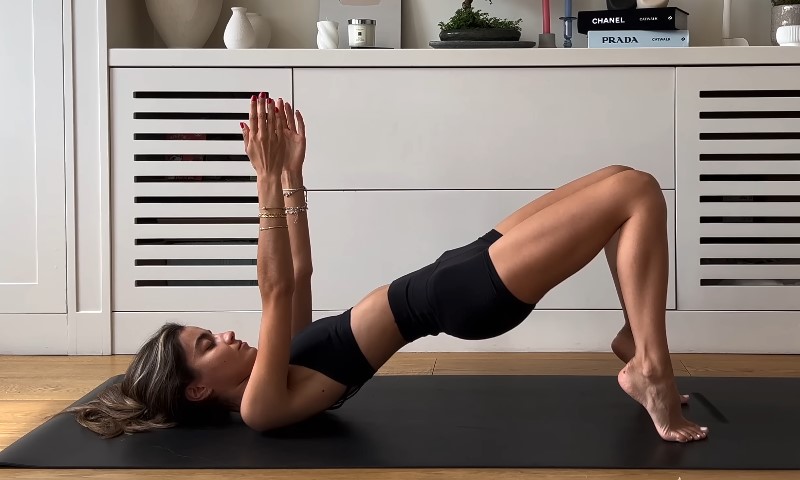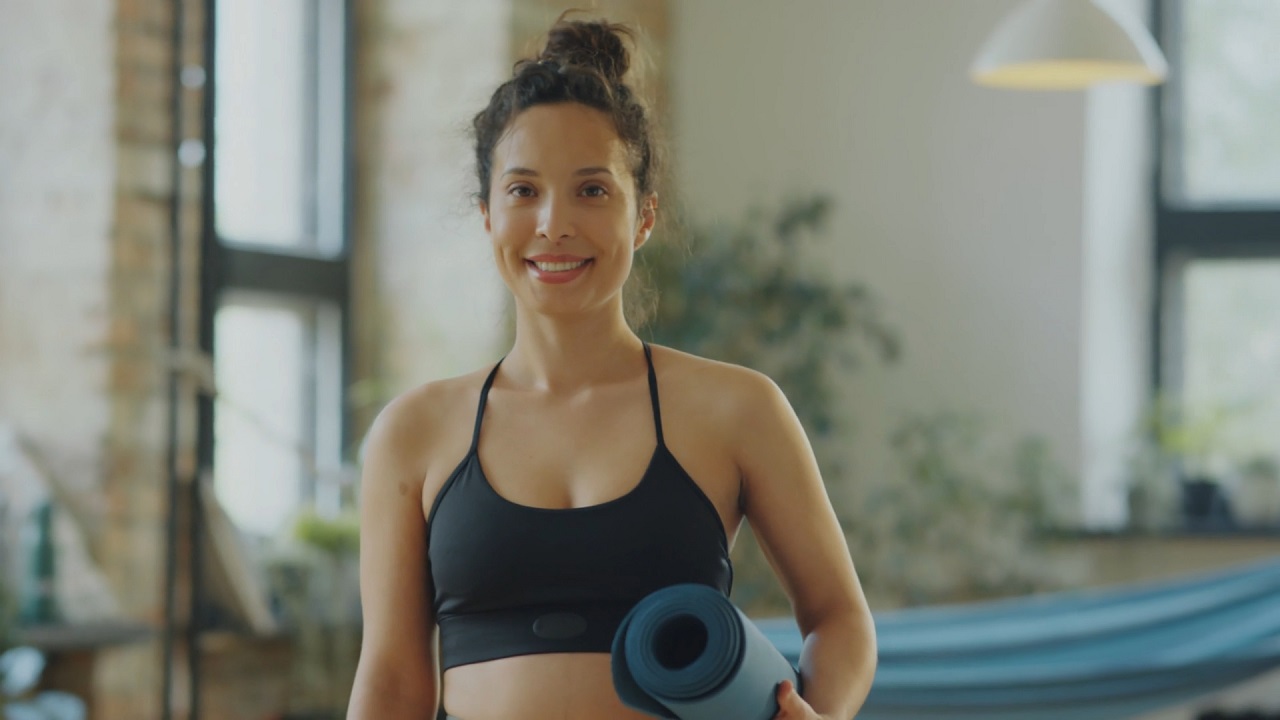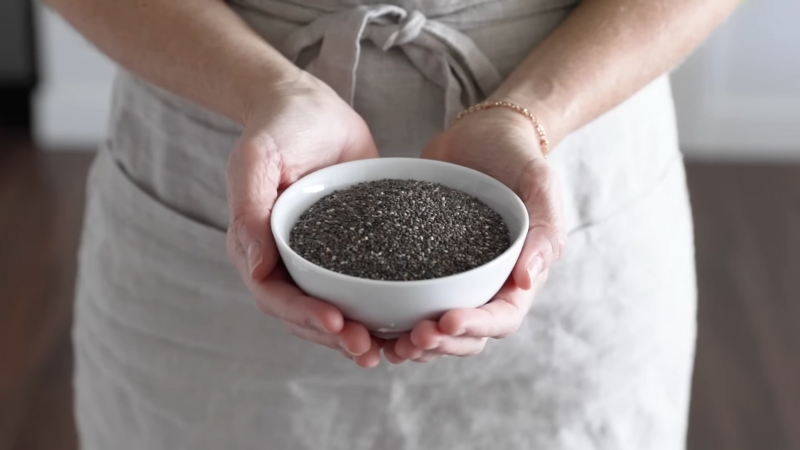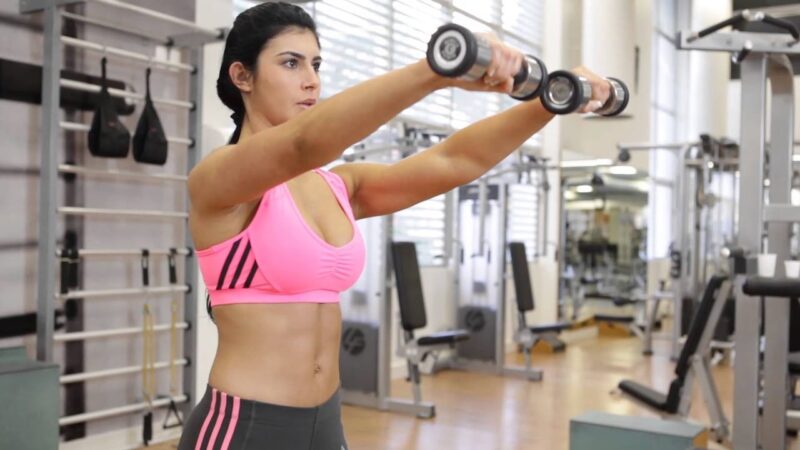
Share Post:
You might be thinking, “Why not just use dumbbells?” Great question! While dumbbells are fantastic for unilateral movement and offer a more balanced approach, the barbell front raise adds a unique challenge to your workout.
Plus, it lets you load more weight, which can lead to faster strength gains. If you’re aiming to push your limits, the barbell is your best friend.
Table of Contents
ToggleWhich Muscles Are Worked?
At first glance, it seems like the barbell front raise targets only the front deltoids, but it actually works more muscles than you’d expect. Here’s a breakdown:
| Muscle Group | Location | Role in Exercise |
| Anterior Deltoid | Front Shoulder | Primary muscle worked, responsible for the “capped” shoulder look. |
| Trapezius | Upper Back | Stabilizer during the movement, helps keep shoulders balanced. |
| Serratus Anterior | Along the Ribs | Helps stabilize shoulder blades, secondary muscle worked during the lift. |
| Core Muscles | Abs and Lower Back | Maintains upright posture and balance, especially when the barbell moves away. |
Why bother adding barbell front raises to your workout?
Barbell front raises are a solid exercise to consider if you’re looking to level up your workout routine and here is why:
| Benefit | Description |
|---|---|
| Increased Shoulder Strength | Improves strength in the anterior deltoids, leading to stronger, more resilient shoulders over time. |
| Better Shoulder Definition | Contributes to a sculpted, well-defined look in the upper body. Essential for those focused on aesthetics. |
| Improved Posture | Strengthens the anterior deltoid, helping to open up the chest and pull the shoulders back, which enhances posture and reduces slumping. |
| Enhanced Performance in Other Lifts | Boosts performance in compound lifts like the bench press, overhead press, and deadlifts by strengthening the shoulders. |
| Joint Stability | Strengthens muscles around the shoulder joint, improving stability and reducing the risk of injuries during sports or heavy lifting. |
How to Perform the Exercise Properly
Starting Position
- Stand with your feet shoulder-width apart.
- Hold a barbell with both hands, using an overhand grip (palms facing your thighs).
- Your hands should be slightly wider than shoulder-width apart.
- Keep your knees slightly bent, your chest up, and your shoulders pulled back.
The Lift
- Slowly lift the barbell upward in front of you, keeping your arms straight (but not locked) as you move.
- Raise the barbell until it’s about shoulder height, or a bit higher if you want to increase the difficulty.
Control the Descent
Slowly lower the barbell back to the starting position. Don’t let gravity do the work—control the movement on the way down.
Pay Attention to Your Breathing
Inhale as you lift the barbell and exhale as you lower it. Proper breathing ensures you maintain form and helps prevent dizziness or fatigue.
Tip: Keep the movement slow and controlled throughout. Rushing through the exercise increases your risk of injury and reduces the effectiveness of the lift.
Avoid Shrugging the Shoulders
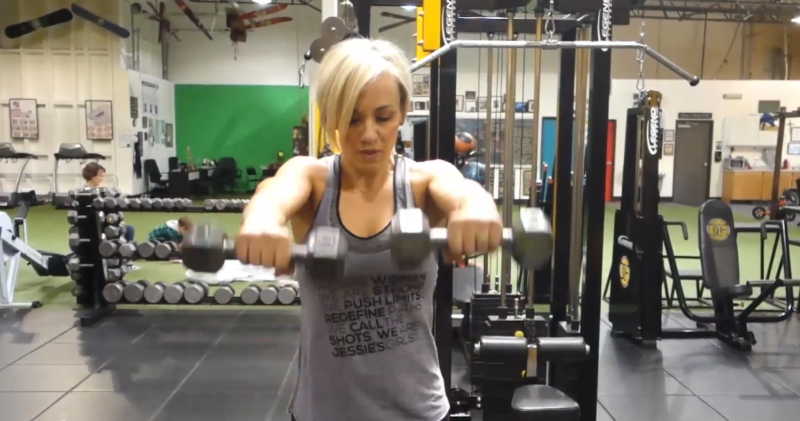
Locking the Elbows - A Big No!
Locking out your elbows at the top of the lift can lead to joint strain. Keep your elbows slightly bent to maintain tension on the muscles.
Variations to Spice Things Up
Once you’ve mastered the basic barbell front raise, there are a few variations you can try to mix things up:
| Exercise Variation | Description | Key Benefit |
| Wide-Grip Barbell Front Raise | Widen your grip on the barbell to change the angle of the lift. | Targets different muscle fibers in the shoulders. |
| Plate Front Raise | Use a weight plate instead of a barbell, holding it with both hands at the sides. | Provides a different challenge and helps improve grip strength. |
| Single-Arm Front Raise | Perform the exercise with one arm using a dumbbell. | Helps correct muscle imbalances and engages the core for added stability. |
| Incline Front Raise | Lie back on an incline bench and perform the raise with a barbell or dumbbells. | Shifts focus toward the upper chest and anterior deltoids. |
Here’s a visually appealing table on how to integrate Barbell Front Raises into your routine:
| Routine | Exercise | Sets | Reps |
|---|---|---|---|
| As a Part of a Shoulder Workout | |||
| Overhead Press | 4 sets | 8-10 reps | |
| Barbell Front Raise | 3 sets | 12 reps | |
| Lateral Raise | 3 sets | 12-15 reps | |
| Rear Delt Fly | 3 sets | 12-15 reps | |
| In a Push Day Routine | |||
| Bench Press | 4 sets | 6-8 reps | |
| Overhead Press | 3 sets | 8-10 reps | |
| Barbell Front Raise | 3 sets | 12 reps | |
| Tricep Dips | 3 sets | To failure |
Stay Safe Folks!
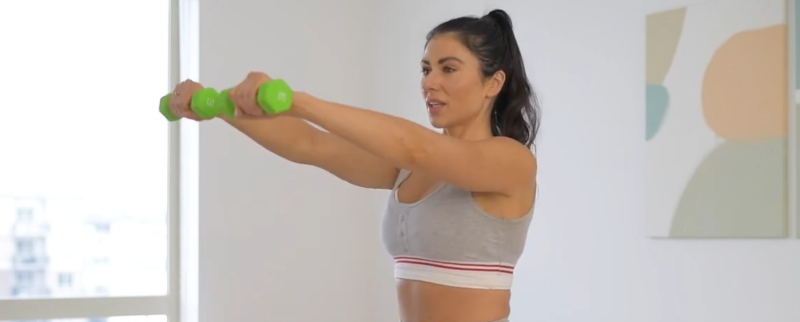
As with any exercise, safety is crucial. Here’s how to stay safe when performing barbell front raises:
- Always warm up your shoulders and upper body with dynamic stretches or light resistance exercises.
- Start light, especially if you’re new to this exercise. Gradually increase the weight as your strength improves.
- Shoulders are delicate joints. Don’t overwork them by doing front raises every day. Allow adequate recovery time.
The Bottom Line
Related Posts:
- Cable Lateral Raises for Beginners - Ultimate Guide 101
- Incline Hammer Curls 101 - Learn The Proper Form & Tricks
- 8 Muscles Targeted by Leg Raises - Key Groups
- The Ultimate Calisthenics Gym Workout You Must Try
- The 10 Best Bodyweight Back Exercises - The Ultimate Workout
- What Muscles Do Planks Target? - A Complete Guide




